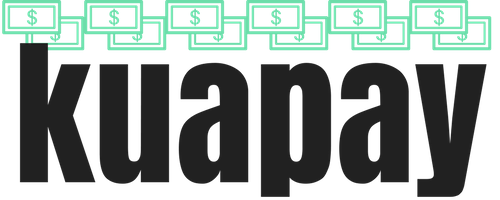Overdraft Fees: How Do They Work?

If you’ve been banking with any institution over the past several years, it’s possible that you’ve gotten hit with an overdraft fee or two.
Paying overdraft fees can be incredibly annoying, so it’s up to you as an account holder to learn more about these fees, what they encompass, how they are levied, and perhaps most importantly — how you can avoid them.
We’re happy to get you started on the right track. Keep reading to learn more about overdraft fees and how they come into play when you bank.
Understand Exactly What Overdraft Fees Are
Essentially, an overdraft fee is a charge that your bank issues when you didn’t have enough money in your account for a transaction. The bank covers the transaction on your behalf and then charges you on the back-end.
Different banks handle this in different ways, but these fees are set in stone as part of an agreement when you open the bank account.
Get to Know the Amount That You’re Being Charged
It’s important that you get to know the amount of the overdraft fee. This might differ based on the bank that you do business with.
For instance, the Wells Fargo overdraft fee might be different than what you would pay when banking with Citi, Bank of America, or other institutions.
In general, it might cost you about $35 per transaction when you get hit with an overdraft fee. Some banks will charge you for every single overdraft until you make your account positive, while others will stop allowing transactions to go through after you’re hit with the first set of overdraft charges.
Read the Agreement That You’re Signing With Your Bank
While overdraft fees are highly annoying, the onus is on you as an account holder to know what you’re dealing with, so that you can respond accordingly. Before opening up a bank account, you’ll be able to read through the terms of service agreement so that you’re aware of how they handle overdrafts.
Many banks will also give you the option of accepting overdraft fees and allowing them, while also giving you the option of not letting these charges go through.
Learn Ways of Avoiding Overdraft Fees
Avoiding overdraft fees is the name of the game when you want your bank account to stay healthy. Check your bank account on a daily basis so that you always know what you have in your account and how much you have available for spending.
Overdraft protection services can help you, so look into whether or not your bank provides these programs.
The absolute best thing you can do is become financially responsible so that you don’t have to worry about these types of fees. Creating a solid budget for yourself and your household will allow you to get the best from each bank account that you own and use.
Bank Smarter By Understanding How Overdraft Works
The points above are helpful to you when you’re looking to understand more about how overdraft fees work. Learning to deal with overdrafts is a matter that everyone should understand when opening a checking or savings account.
Check back with us to learn more about banking and finance.





































No comments